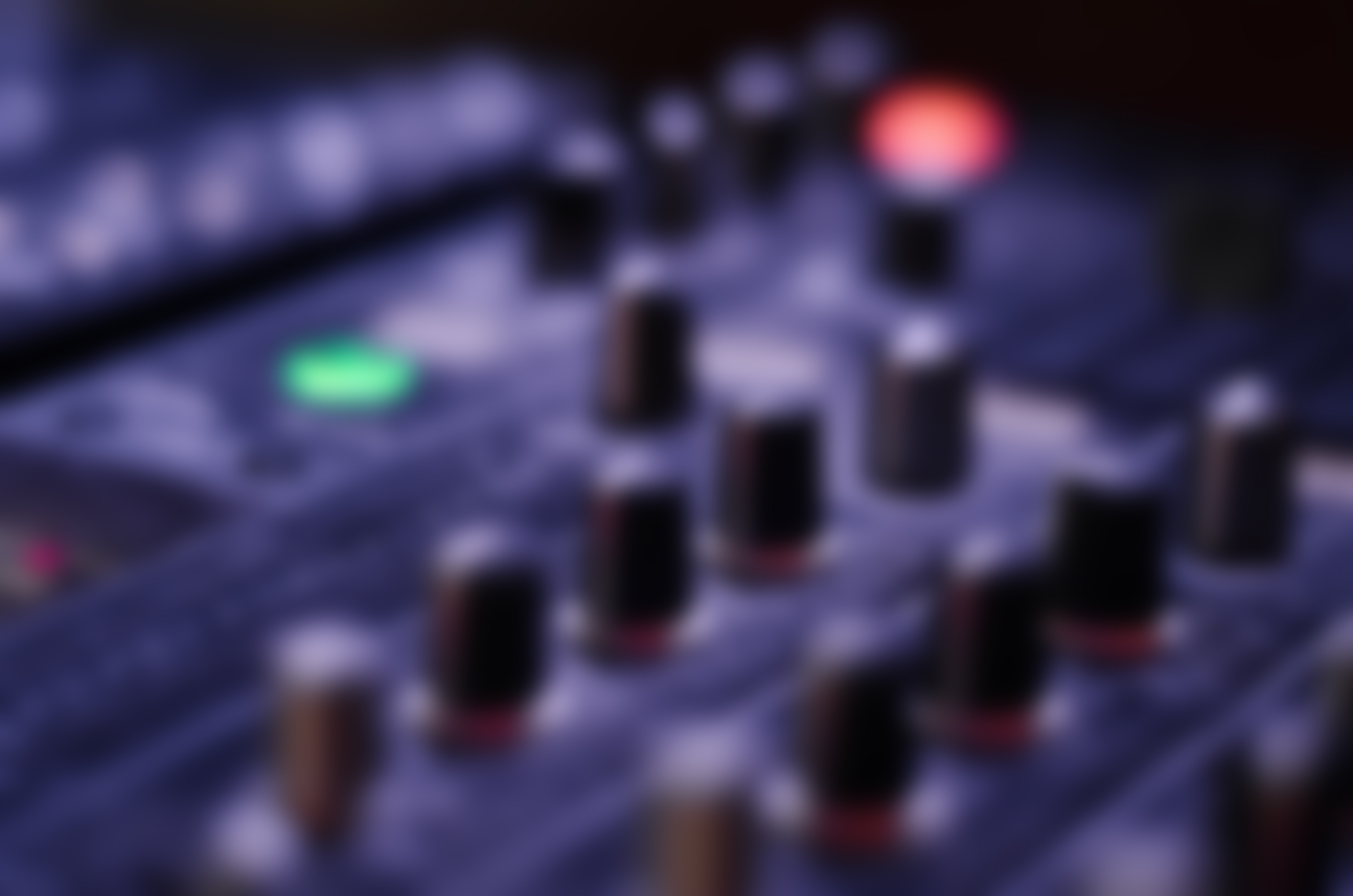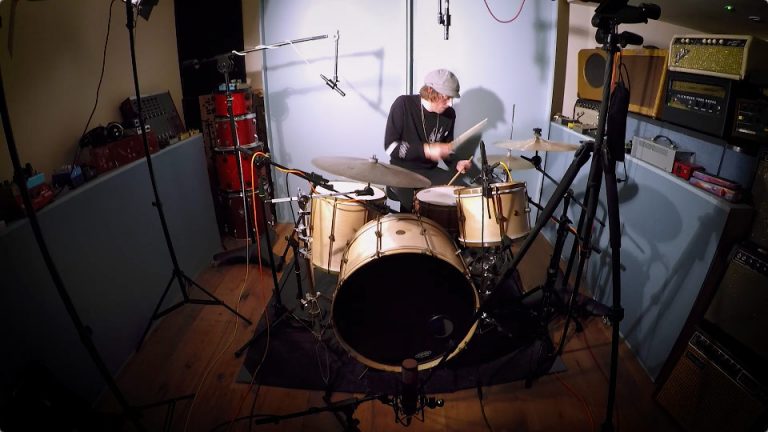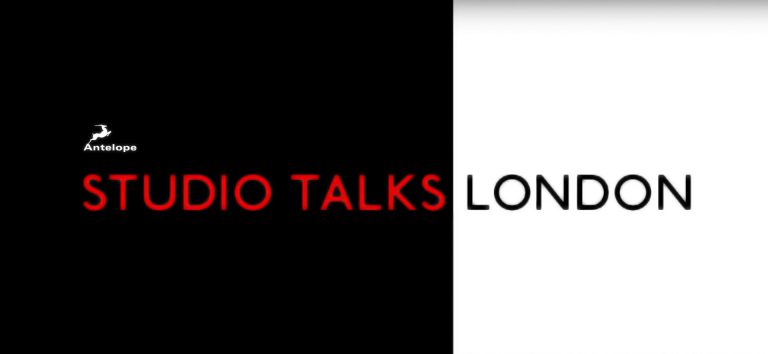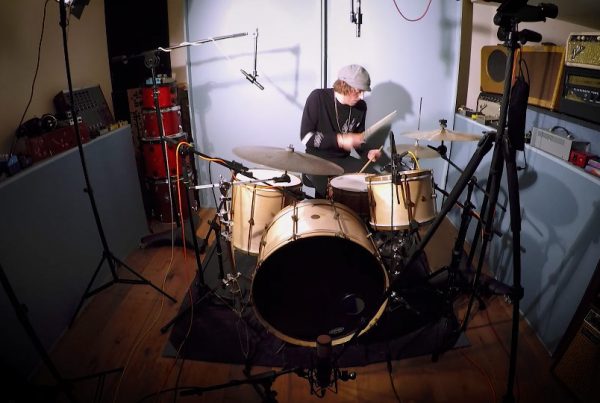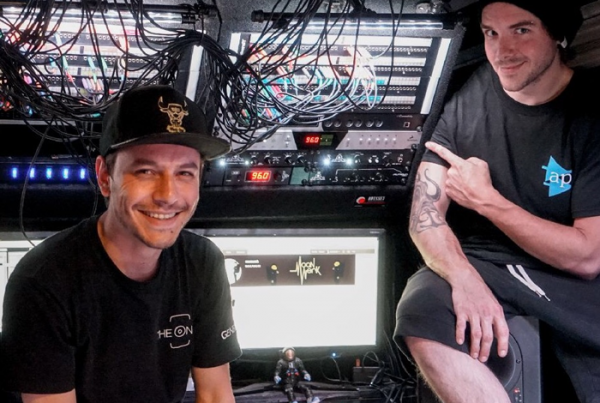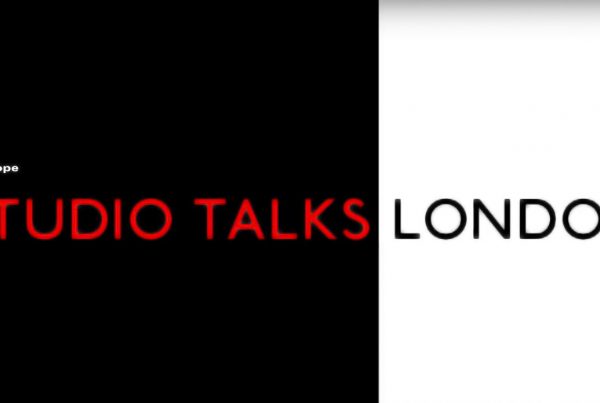I first had the opportunity to test Antelope clocks three years ago after meeting Igor Levin at the SATIS French audio/video event. I was immediately hooked by the audio benefits I got on a standard Protools HD with Digidesign converters: wider and deeper stereo image, lower audible distortion, improved response on transients. The next step was to buy a Zodiac+/ Voltikus bundle for home use to replace an Apogee miniDAC, then to listen to the Eclipse 384.
It was quite a revelation because of the accuracy and three-dimensional sound picture provided by this DAC. I’ve never heard such stereo width before and was equally impressed by its ability to reproduce faithfully the slightest volume change… It was love at first sight!
Monitoring through the Eclipse is a fascinating experience. You can hear so easily the good and the bad things in a recording or a mix, that it helps the engineer tremendously to take the right decisions without any effort. At the end of the day there’s no listening fatigue at all, even when mixing a demanding survival game such as Koh Lanta!
This is the hardest mix for a TV show I’ve seen in my career, mainly because it’s shot outdoors on tropical islands with a lot of wind, sea noises and very high pitched and loud insects.
I could also mention “heavy tropical showers” or “aircraft engines in the distance” just to explain that there is a huge amount of time spent cleaning live sound with traditional EQ and filters but also powerful digital restoration tools. It’s like running a marathon because a full season is made of fourteen 90 to 120 minutes long episodes and the expectations of the 8 million weekly fans watching every Friday on TF1 (the first French private TV channel) are high!
There are many tracks of original music, sound effects and additional ambiance too and I want them to sound as good as possible while preserving the clarity of dialogue. I use Pultec emulation plugins to add nice harmonics to the music, adjust the ambiance width depending on the picture and try to suppress any digital clicks that might have mysteriously appeared on dialogues because the broadcasting inspectors are very finicky about that.
All this comes in addition to the artistic side of the mix, the fun part where sound helps to tell a story and sets the mood for the audience. Doing this requires a lot of concentration and with standard Protools converters and clock, it was like driving a fast car in the fog.
The Eclipse 384 “turbocharged” by the incredible 10M atomic clock makes the sun shine everyday on the (audio) track… and I’m not tired at the end of 10 hours of hard mixing and editing sound, which is fantastic for me and my ears.
These products are an investment but though they are not the latest in the Antelope family, they still outperform the latest offerings by Avid, which, of course, I’ve heard when upgrading to Protools 11 HDX. The funny thing is that the Eclipse 384 made me hear immediately the improved sound quality of the HDX audio engine, compared to the old TDM… while colleagues with other DACs were skeptical.
I must add that the narration recorded by our host, Denis Brogniard, is done using the Eclipse AD conversion and I don’t need to EQ it any more to become audible through the heavy soundtrack on action games sequences. It’s naturally detailed without any harshness.
Every time I push the “play” button, I’ve got a smile on my face because using the Eclipse/10M for monitoring and clocking my Protools HDX rig simplifies my job and gives me the greatest sound possible, mixing “in the box”. Other engineers are quite surprised to see me use such “mastering grade” gear on TV postproduction… but there’s no turning back for me because I know I could not do it the same way, achieving the kind of quality I’m asked for in a relatively tight schedule, with an ordinary clock and monitoring chain. The main point is that the spectacular clarity, wide stereo space and lack of distortion brought by Antelope clocking can be heard at home by millions of viewers; it really makes a difference. One can even feel it on a TV set. I’ve read on forums that some Koh Lanta fans are listening to the show on their Home cinema systems, so I know that I’m doing the right thing. Even a famous French movie producer is one of our fans and has sent us a message of appreciation for the high technical quality of the show!
(Koh Lanta, season 13 is broadcasted every Friday at primetime on TF1, France, since 04 24 2015.)

